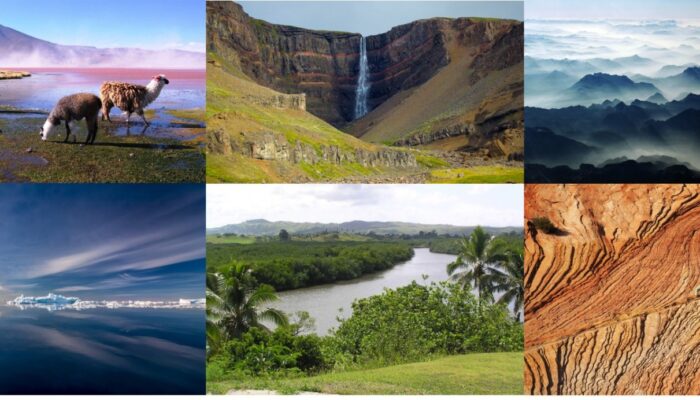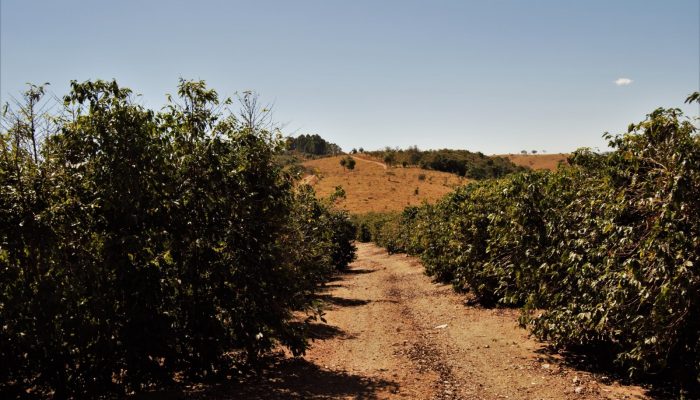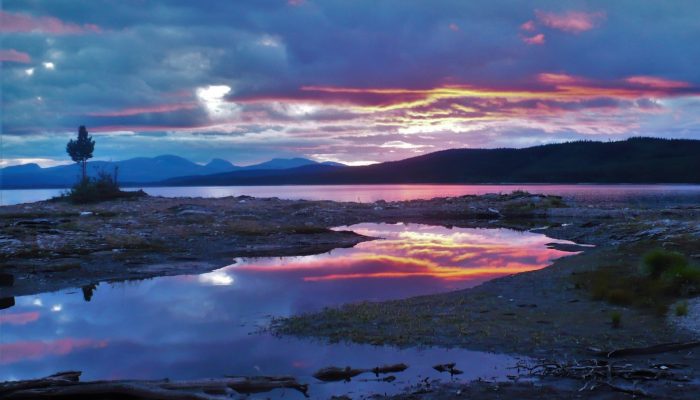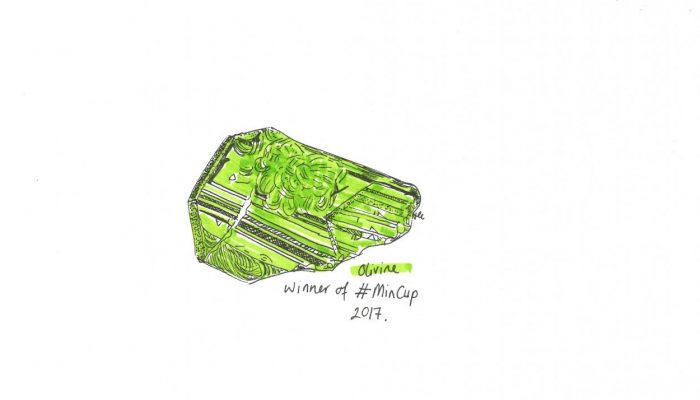Apart from Earth, there are a lot of Peculiar Planets out there! Every 8 weeks, give or take, we look at a planetary body or system worthy of our geodynamic attention. When the discovery of additional Earth-sized planets within the TRAPPIST-1 system was revealed last year, bringing the total to 7 planets, it captured the minds of audiences far and wide. This week, two of the authors from a 2017 Na ...[Read More]
If you didn't find what you was looking for try searching again.
Natural Hazards
Our first Interview is ready!
Today we are happy to post our first interview and to thank our first interviewee, Paola Crippa for her contribution. The topic focuses on mortality from high concentration of particulate matter generated from widespread wildfires. This topic wants to be just the starting point to address another and broader theme: dealing with lack-of-data for research purposes in developing countries. This will ...[Read More]
GeoLog
Imaggeo on Mondays: The best of imaggeo in 2017
Imaggeo, our open access image repository, is packed with beautiful images showcasing the best of the Earth, space and planetary sciences. Throughout the year we use the photographs submitted to the repository to illustrate our social media and blog posts. For the past few years we’ve celebrated the end of the year by rounding-up some of the best Imaggeo images. But it’s no easy task to pick which ...[Read More]
Geology for Global Development
Bárbara Zambelli Azevedo: Phosphorus Crisis – A Food Crisis?
Take a look and try to identify anything around you that has phosphorus as a component. Phosphorus – the P element – is critical for life, like oxygen, nitrogen and carbon, being present in every plant, animal and bacteria. It constitutes cell walls, DNA, RNA and ATP, which transports energy to the brain. Our bones and teeth include phosphorus. Now look again and you might see that pho ...[Read More]
WaterUnderground
A Tanzanian groundwater safari through the last 2 million years
Post by Mark Cuthbert, Research Fellow and Lecturer at Cardiff University, in the United Kingdom, and by Gail Ashley, Distinguished Professor at Rutgers University, in the United States. _______________________________________________ During the dry season, Lake Masek in Northern Tanzania (see map) is a lovely place to be if you’re a hippo or a flamingo, but for humans it’s an inhospitable environ ...[Read More]
GeoLog
I want you to stop being an early career scientist
In this guest post Roelof Rietbroek, EGU’s Union-wide Early Career Scientist Representative (2017-2018), speaks about the importance of reseachers getting involved with the Union’s early career activities to really reap the benefits of being part of the network. With over half of the participants of EGU’s general assembly qualifying as an Early Career Scientist (ECS), chances are you are one ...[Read More]
Geodynamics
Happy new year!
It’s 2018! Another year to finally publish that paper, finish your PhD, find a new job, finish that project, and be happy! The EGU Geodynamics Blog Team is looking forward to keep brightening your Wednesday mornings with the most interesting and funny blog posts. In this first post, we wish you all, of course, a happy new year! I wish everyone a very happy, productive, writing- ...[Read More]
GeoLog
Imaggeo on Mondays: New life on ancient rock
For the start of a new year, we bring you a photograph featuring some of the oldest rocks in the world but bursting with new life. The image, taken by Gerrit de Rooij, of the Helmholtz Centre for Env. Res. – UFZ, comes complete with an informative caption which we’ve included below. May the new year be successful for all our readers. After two days of canooing in the rain on lake Juvul ...[Read More]
GeoLog
MinCup: Elevating humble minerals to new heights
Throughout October and November, the world of (Earth science) Twitter was taken by storm: Day after day, Eddie Dempsey (a lecturer at the University of Hull, and @Tectonictweets for those of you more familair with his Twitter handle) pitted minerals against each other, in a knock out style popular contest. The aim? To see which mineral would eventually be crowned the best of 2017. Who knew fiery ( ...[Read More]
Geodynamics
The fluid dynamics of wine
The Christmas holidays: the one time of year that you don’t need to think about work. Instead, you are focussed on your family (including the in-laws), the massive amount of food still left (a miscalculation every year), and you’re starting to think about your New Year’s resolutions (because we give it a try every year, right?). So, this is definitely not the time to go and read ...[Read More]










